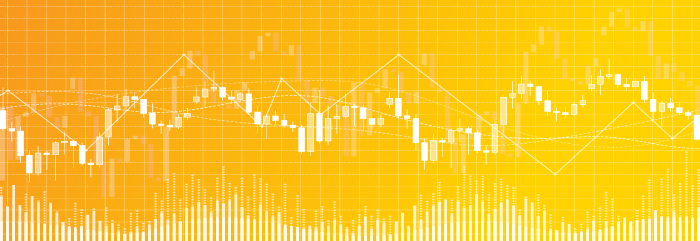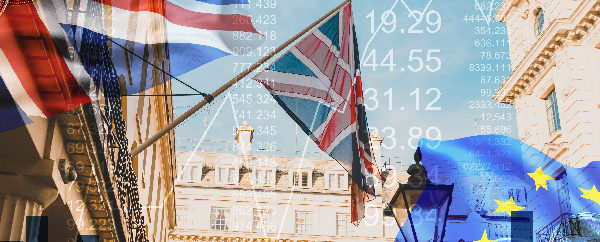The newly published Triennial Central Bank Survey 2019 from the Bank for International Settlements (BIS) reveals that global foreign exchange trading hit a record high in April.
Central banks in 53 countries worldwide recorded a snapshot of forex and over-the-counter interest rate derivatives trading activity in April 2019, the first new report since the same month of 2016.
Forex in particular has been surveyed several times as part of the triennial data set, which goes back as far as 1986, while OTC interest rate derivatives were surveyed for the first time in 1995.
In the latest snapshot, total forex trading hit $6.6 trillion per day, a record high and up from $5.1 trillion in 2016.
Euro trades were up slightly, while trading in Japanese Yen fell by five percentage points. Emerging markets saw an increase in activity, accounting for a combined 25% of worldwide turnover in forex.
Top currencies for forex trades
GBP remains in the top five currencies for forex trades worldwide with an unchanged percentage of trades compared with three years previously.
The top five currencies to appear on either the ‘buy’ or ‘sell’ side of a forex transaction in April 2019 were:
| Currency | % of trades |
| US Dollar | 88% |
| Euro | 32% |
| Japanese Yen | 17% |
| British Pound | 13% |
| Australian Dollar | 7% |
Together the top five currencies for forex trades account for 157% of the total 200% of trades (allowing for 100% of currencies on the ‘buy’ side and 100% on the ‘sell’ side).
Both the Canadian Dollar and Swiss Franc (CHF) scored an unchanged 5% share of all trades in 2019, compared with 2016.
Where do forex trades take place?
The UK is again in the top five locations of forex trades worldwide in 2019.
In the latest report, 79% of all forex trading was processed by sales desks in just five countries:
- UK
- US
- Hong Kong SAR
- Singapore
- Japan
Trading in the East was also boosted by an increase in sales desk activity in mainland China, taking it to eighth on the global activity list.
Positions within the top five remained unchanged compared with 2016; however, the proportion of activity changed among some of the top locations.
Activity in the US was down three percentage points to 17% from 20% in 2016, while the UK was up six percentage points to account for 43% of all worldwide forex trading activity in April 2019.
Mainland China’s eighth-place ranking was a significant gain since 2016, when it achieved 13th place, following an 87% rise in forex trading value to $136 billion.
Forex trading in the UK
Each national monetary authority or central bank that contributes to the BIS survey also publishes data for its own nationality – with the UK’s statistics compiled and published by the Bank of England.
The domestic figures show $3,576 billion of transactions took place in the UK on average every day in April 2019, up from $2,406 billion in 2016 and correcting the 12% fall seen in 2013-16.
In terms of OTC interest rate derivatives, the UK’s average daily turnover was $3,670 billion in April 2019, more than triple the $1,181 billion reported in April 2016.
At that time the US was the largest location for OTC interest rate derivatives activity at 41%, but this has now declined to 32%, putting the US in second place in 2019.
Over the same period, the UK’s market share grew from 39% to 50% in 2019, putting it in the number one spot.
Again this reverses the trend seen in 2013-16, restoring the UK’s market share back in line with its previous reported values of 50% in 2013 and 47% in 2010.
The preliminary results were published on Monday, September 16th, with a final report due to be distributed by BIS before the end of 2019.
https://www.bis.org/statistics/rpfx19.htm
Disclaimer: The information provided here is not investment, tax or financial advice. You should consult with a licensed professional for advice concerning your specific situation.




